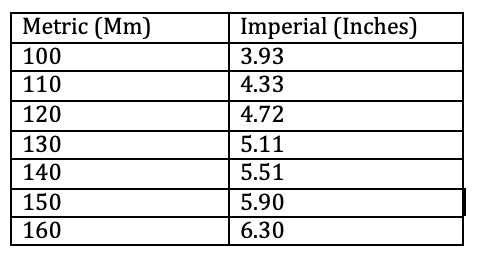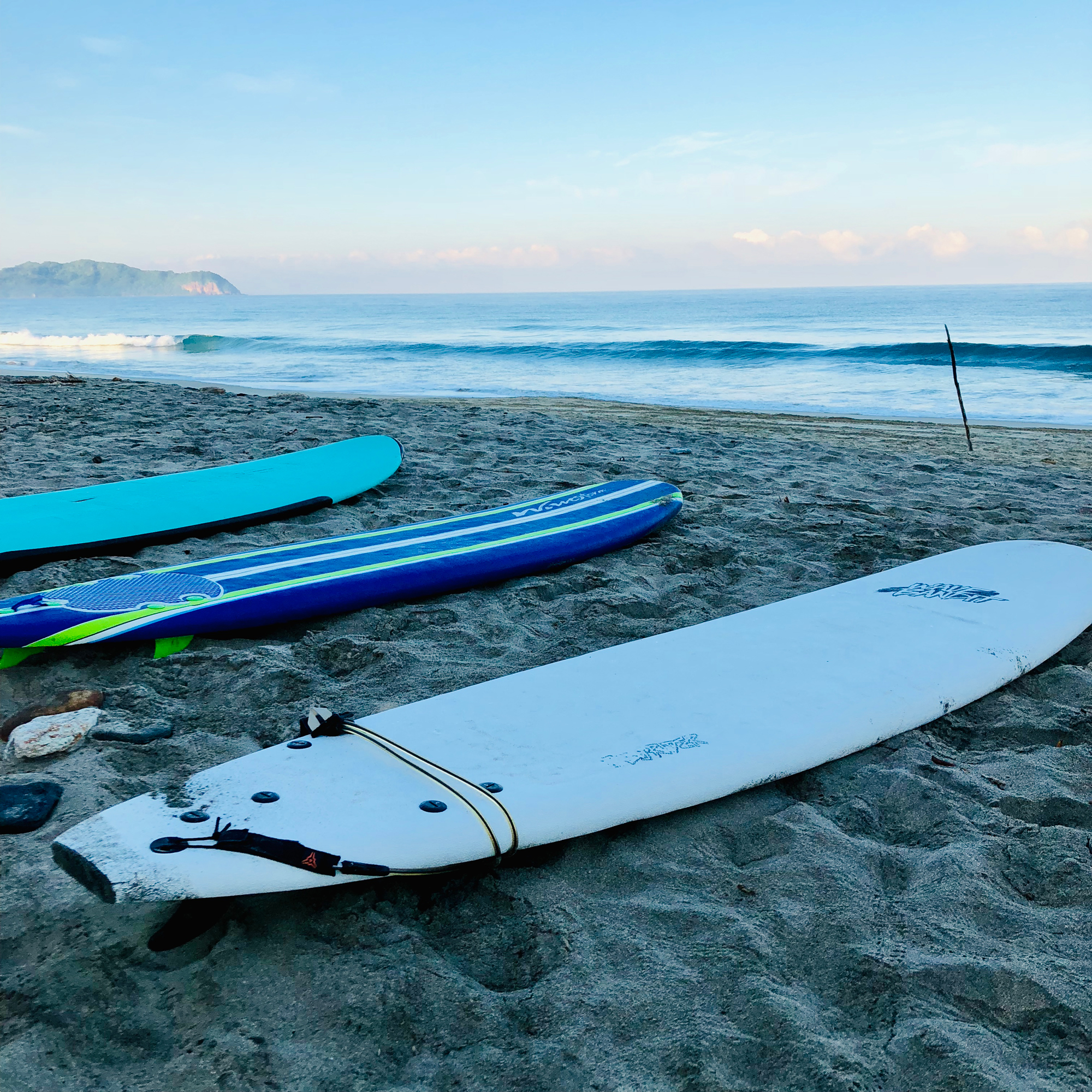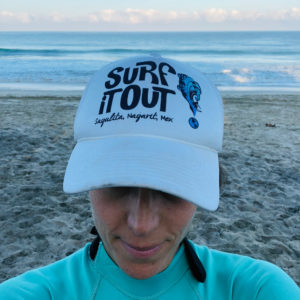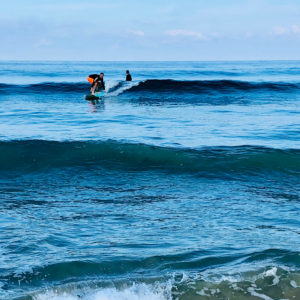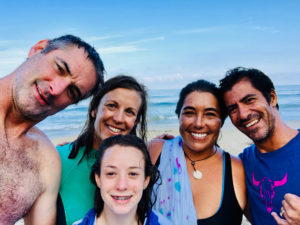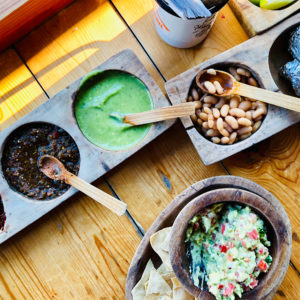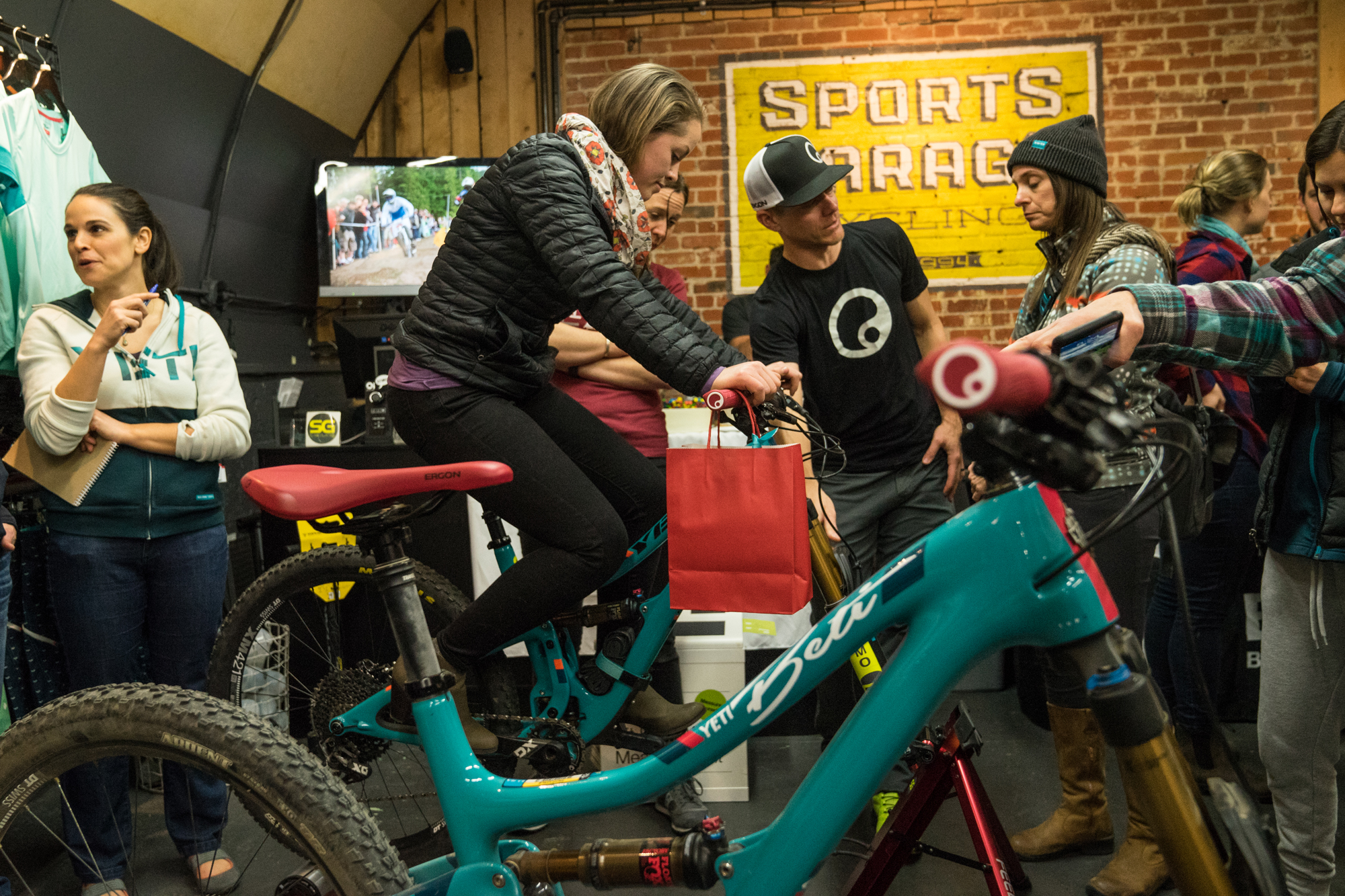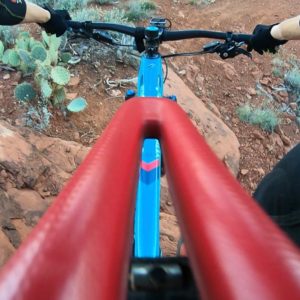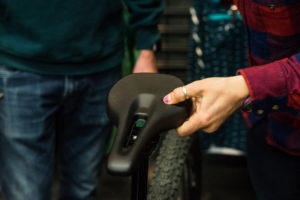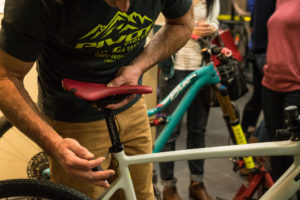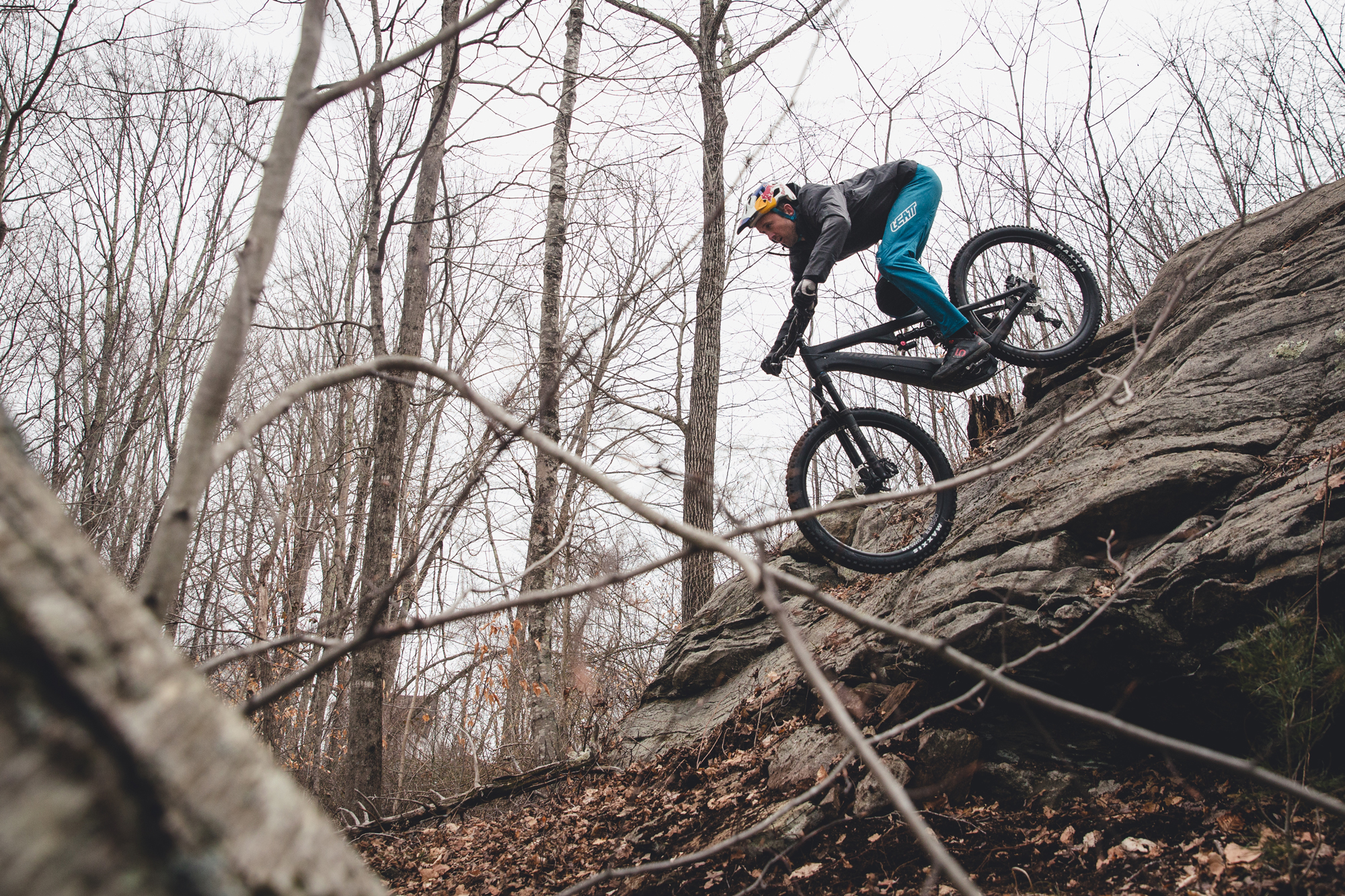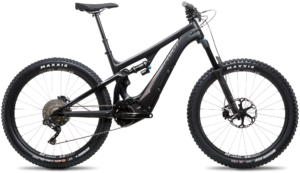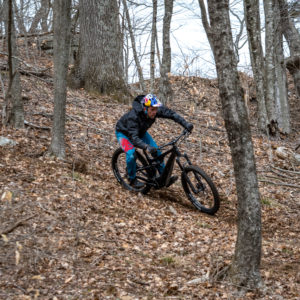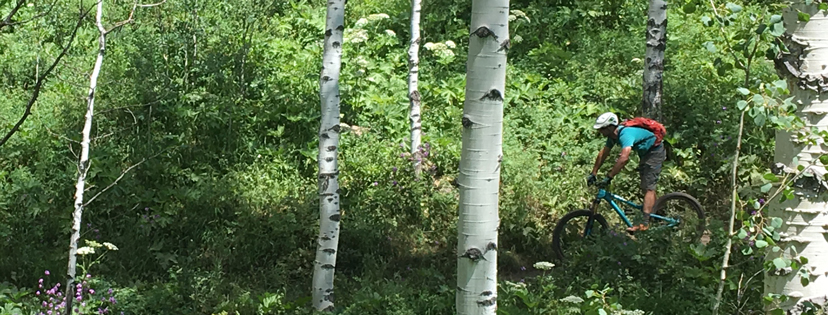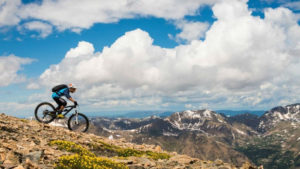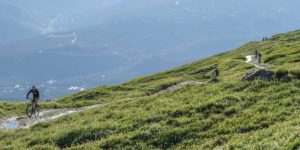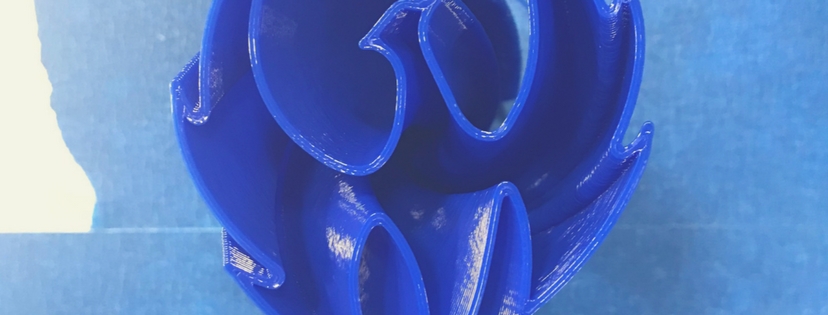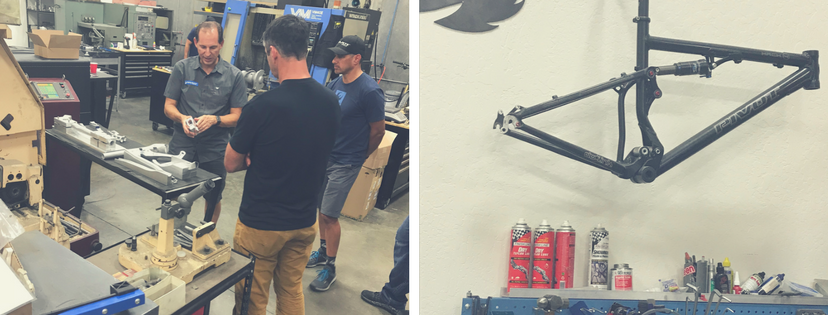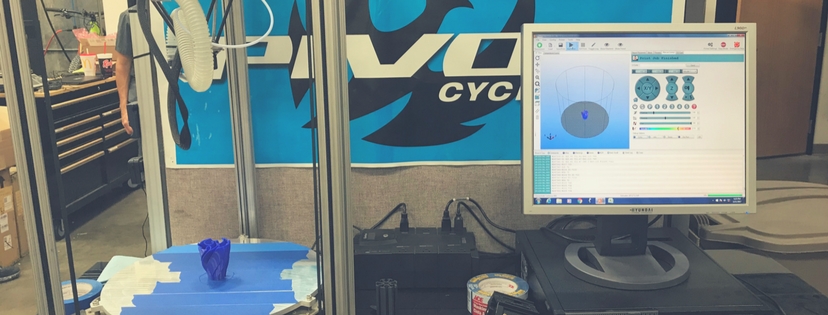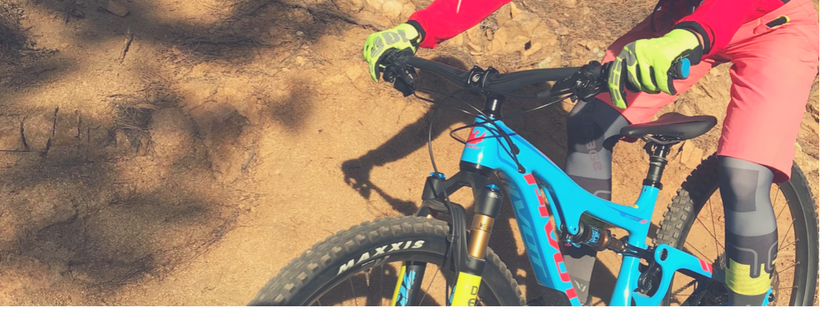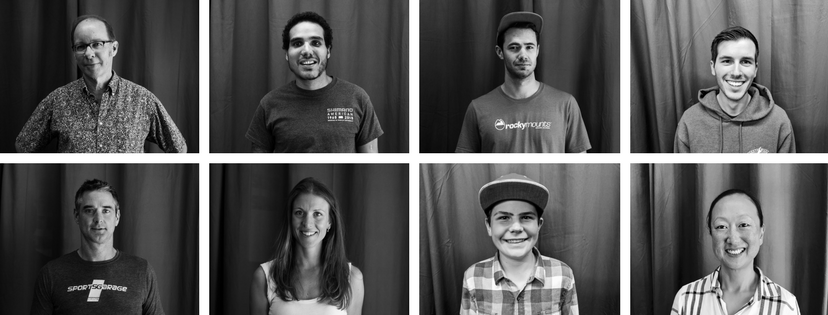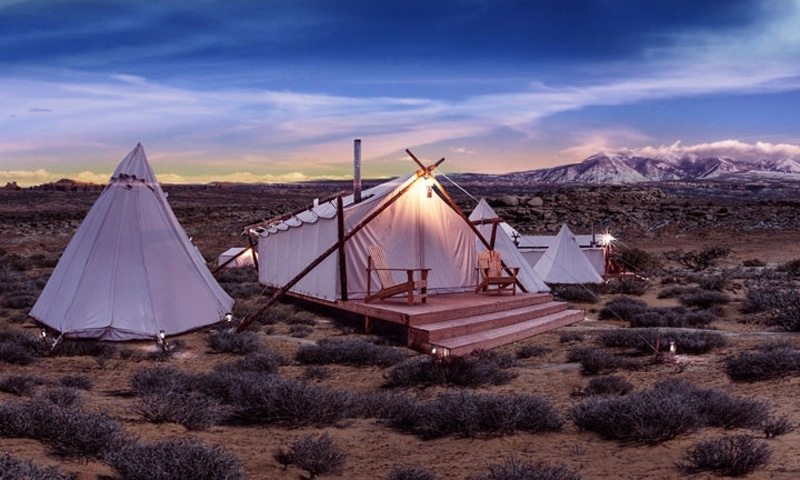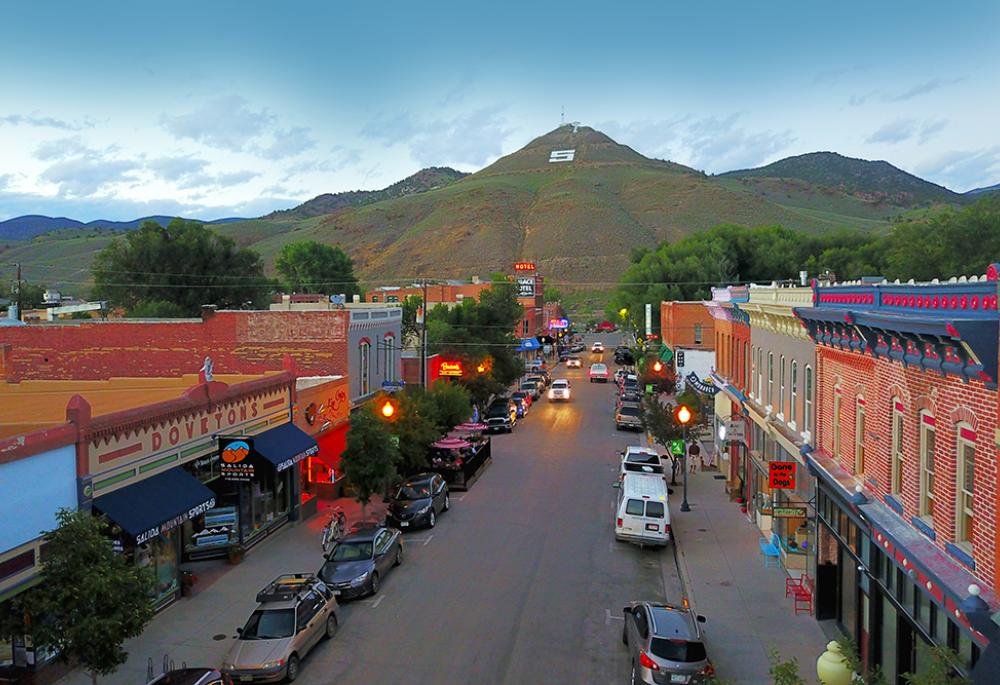
Weekend adventures make mountain biking the soul-affirming sport we love, optimizing time with friends, the beauty of nature, and that escape from daily life. Being able to wring the most enjoyment out of a brief stay is the trick, so here’s how to live large for a weekend in Salida, CO.
#1: Know when to go
In order to ride the high-altitude trails that give the area its draw, you’ll need to wait until all that snow melts. Going after the 4th of July is usually a safe bet, although after heavy snow years you may have to wait even longer. You can easily check trail conditions here. Shuttles With luck, you can also visit throughout most of September, although shuttles to the famous Monarch Crest trail may be done for the season, as each shuttle company has a limited number of permits annually.
#2: Go Prepared
Bring your bike in to see us a few days before you leave. We can easily do a safety check to make sure your brake pads have plenty of life for the trip, and your bike in good condition for some big days of riding. Also, pack for the high country! Salida locals are baffled by the people they see at 11,000 feet who’ve brought no water, food, or warm clothing. Mountain weather is highly unpredictable, and can run the gamut from intense sunlight to rain, snow and hail during a single ride. Make sure your group has some knowledge of backcountry safety to help extricate anyone who might get hurt. And finally, call Absolute Bikes or High Valley Bike Shuttle well ahead of time to set up your lift to the Monarch Crest. The shuttles fill up quickly in the summertime and you don’t want to get left out.
#3: Plan your rides
On Friday evening, roll into town and enjoy a sunset ride on S Mountain, on the trails otherwise known as the Arkansas Hills Trail System, or Tenderfoot Trails, since that’s the real name of the mountain with the big “S” on it. Referencing these trails on MTB Project is very helpful and easy to navigate. The system is right out of town, so you can do a brief ride to shake out your legs and see how you’re feeling. Since these trails are mostly exposed, riding them late in the day will let you beat the summer heat.
On Saturday, ride the Cottonwood Trail, found here on MTB Project. This ride can be kept short with a shuttle or ridden as a big loop using Forest Service roads and another fun singletrack, North Backbone. Parts of Cottonwood are technical (it’s rated black diamond on MTB Project) so keep that in mind for your group. If you don’t already live at altitude, you can use this ride (at about 8,000 feet) as a litmus test of your ability to handle the thin air. If you’re suffering, cross the almost 12,000-foot Monarch Crest off your list and plan something a little lower.
On Sunday put plenty of food, water and extra clothing in your backpack and meet your shuttle for Monarch Crest, found here on MTB Project. This is the big day you’ve been waiting for. Although there are several different ways off the Crest, the traditional Silver Creek descent is hard to beat. Plus you can add on the Rainbow Trail at the end for extra fun — but be warned, that trail is not all downhill. Make sure to review the Monarch Crest elevation profile. Despite being a shuttle ride, there is still 2,000 feet of high altitude climbing on this 36.2 mile ride.
#4: Eat and drink!
Breakfast: Still the most important meal of the day, especially when you’re riding. Patio Pancake: although there is no patio, you can get breakfast all day long. Also check out the Farmer’s Market, located in Alpine Park. The market is open Saturday mornings, June 1 through Oct. 19th, 8am to 1pm. The market is a great place to buy some fresh local food and enjoy live music.

Coffee: Howl Mercantile – coffee and tea combined with a funky selection of gifts and gear.
Lunch/Dinner: The Fritz – small plates, unique options and an outdoor patio.
Amicas – popular pizza joint, gluten free crust available.
Little Cambodia – tasty pho, plus a great place to grab Vietnamese iced coffee or boba tea.
Night life: The Vic – traditional, old-school bar with peanut shells on the floor, shuffleboard, darts and cheap beer.
Other things to do: Salida is also known for its whitewater culture, so bring your kayak. If you’re not already a paddler, you can still get some water time by renting a tube, inflatable kayak or standup paddle board. You can even book a raft trip. P.S. There are also fun trails in nearby Buena Vista. Better start planning another weekend!

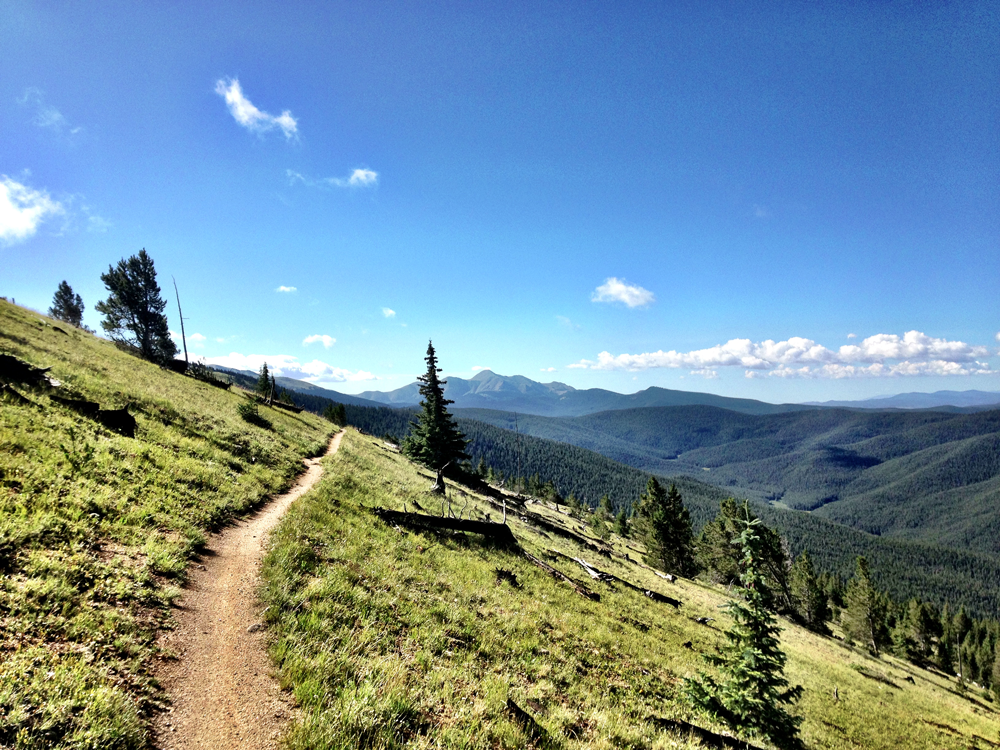
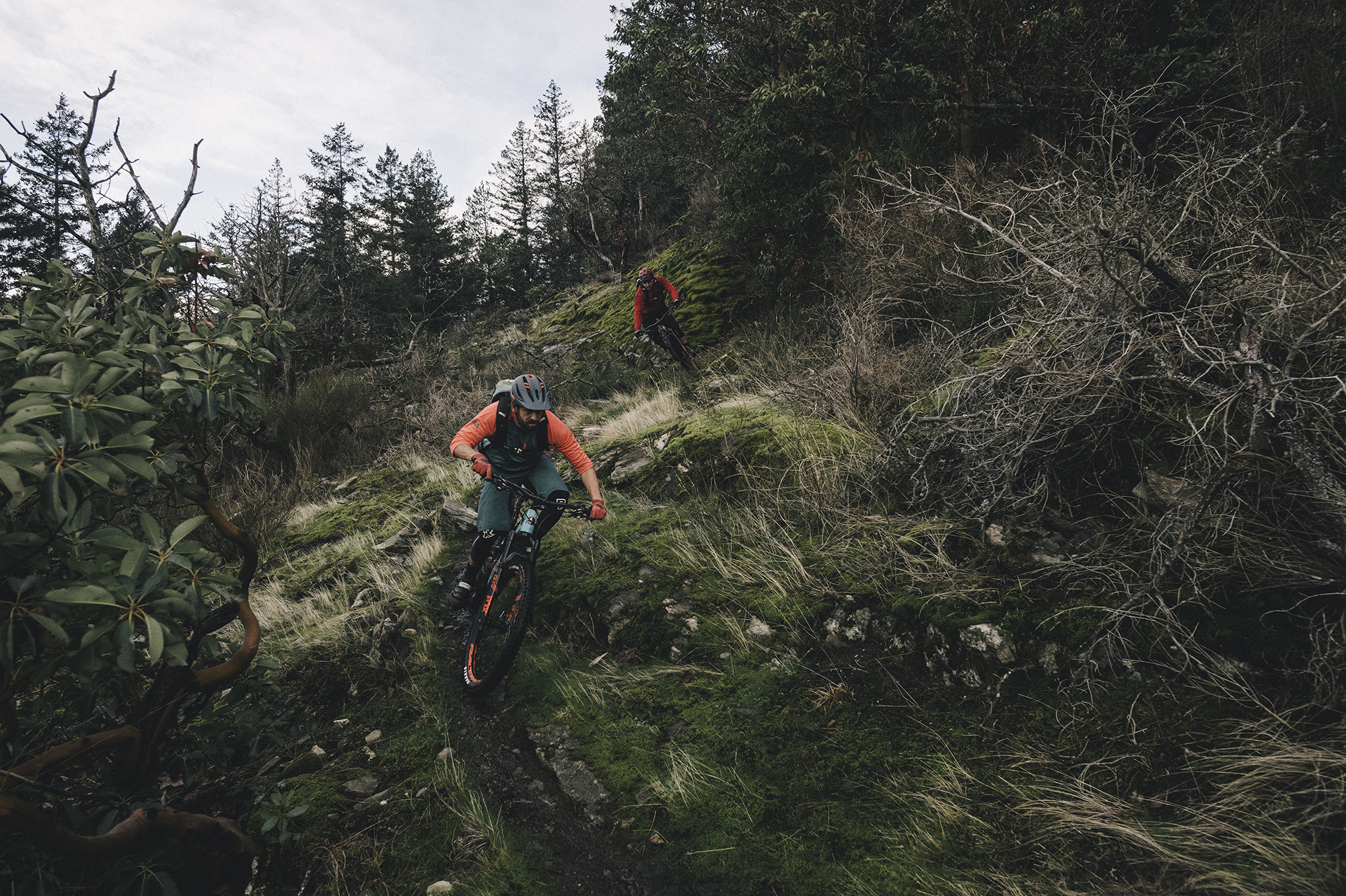
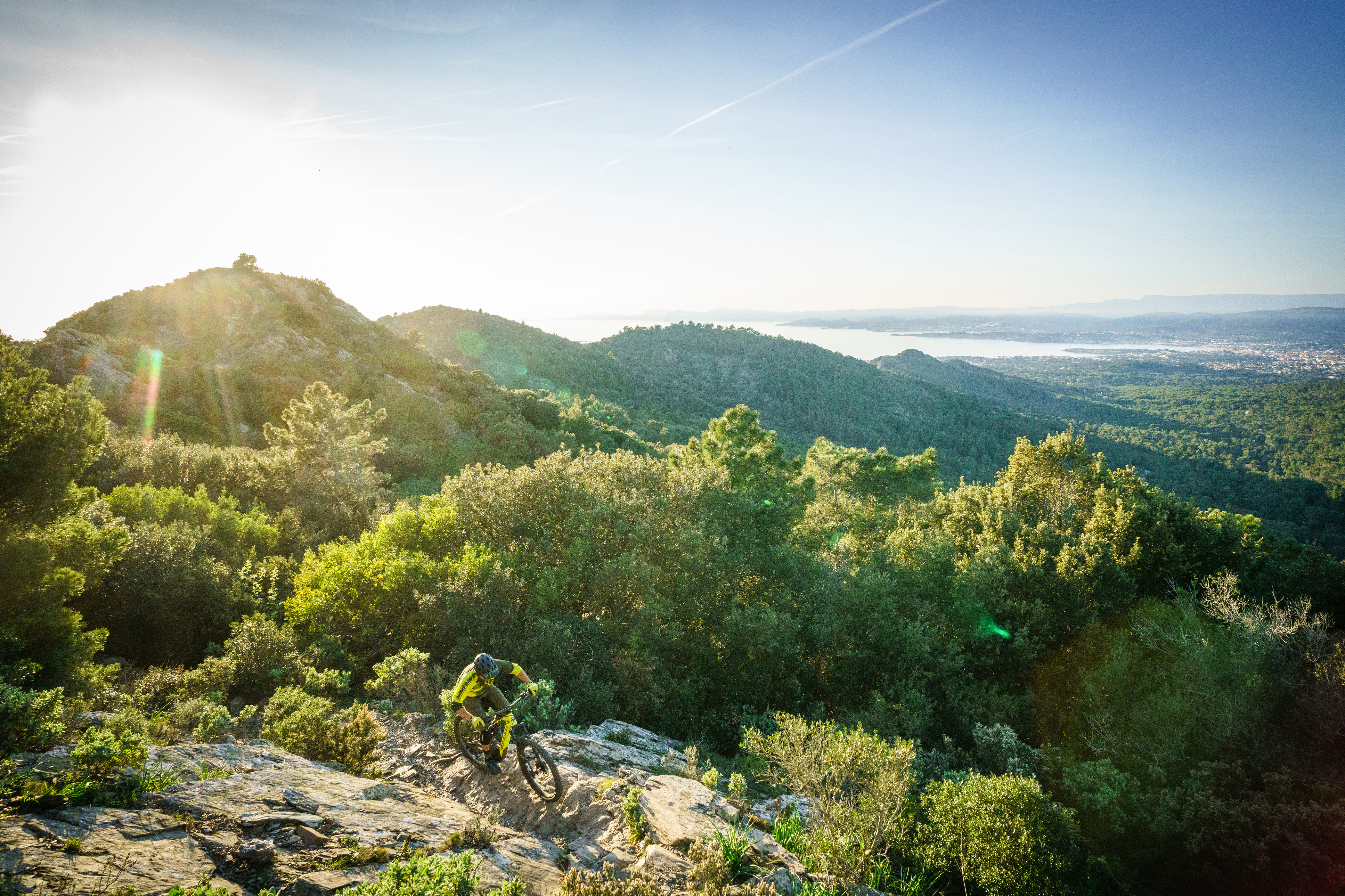
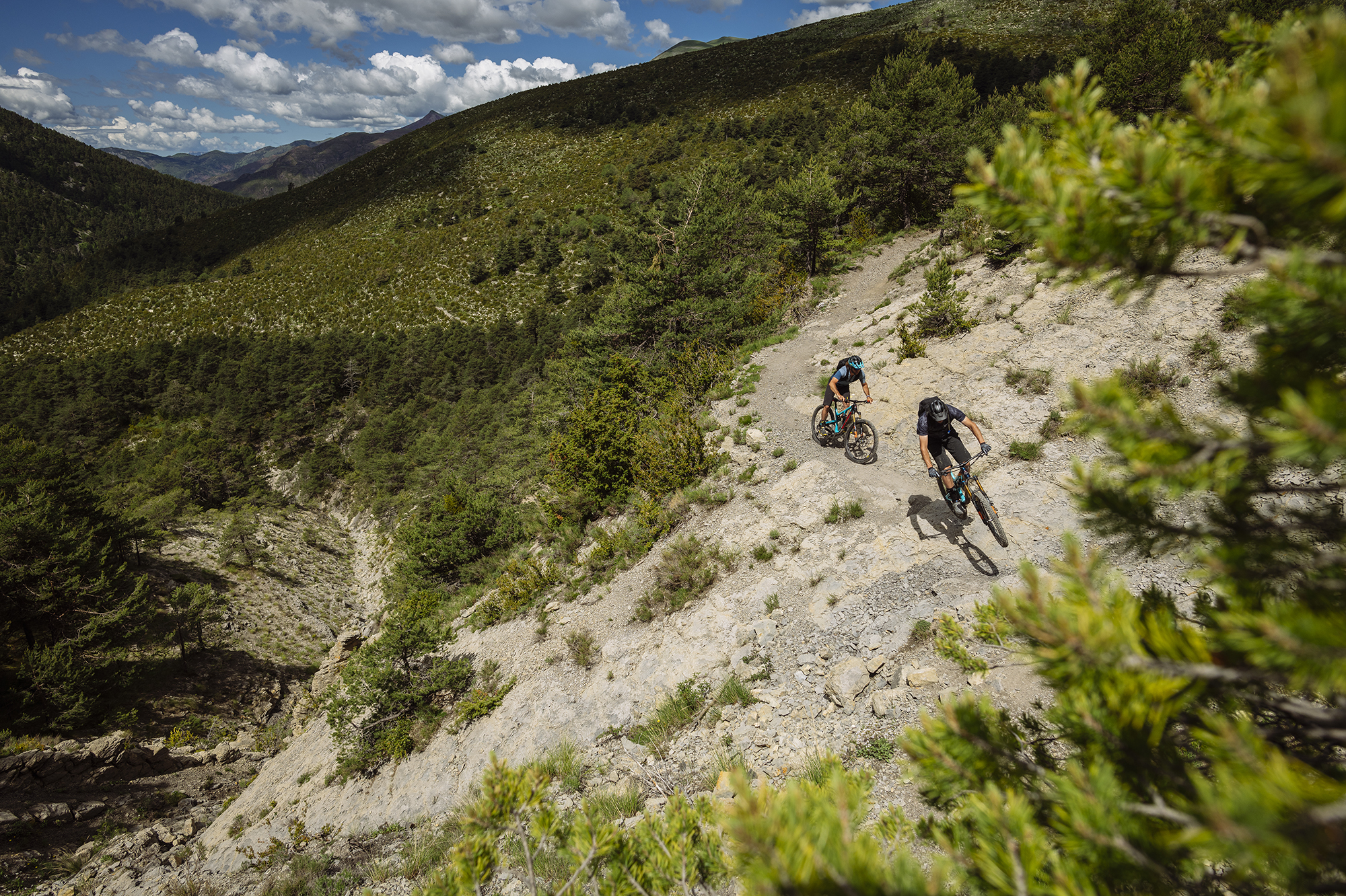
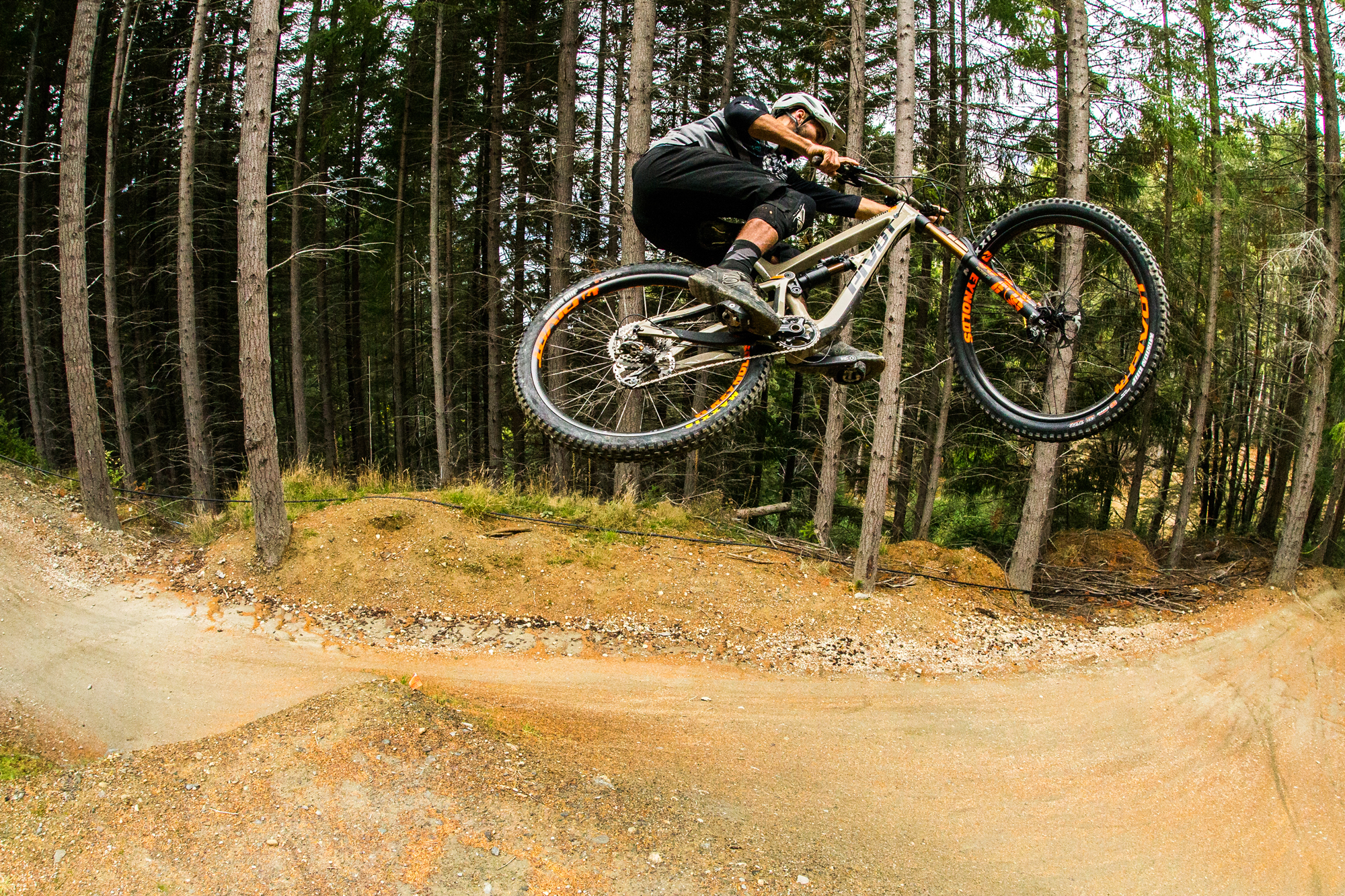
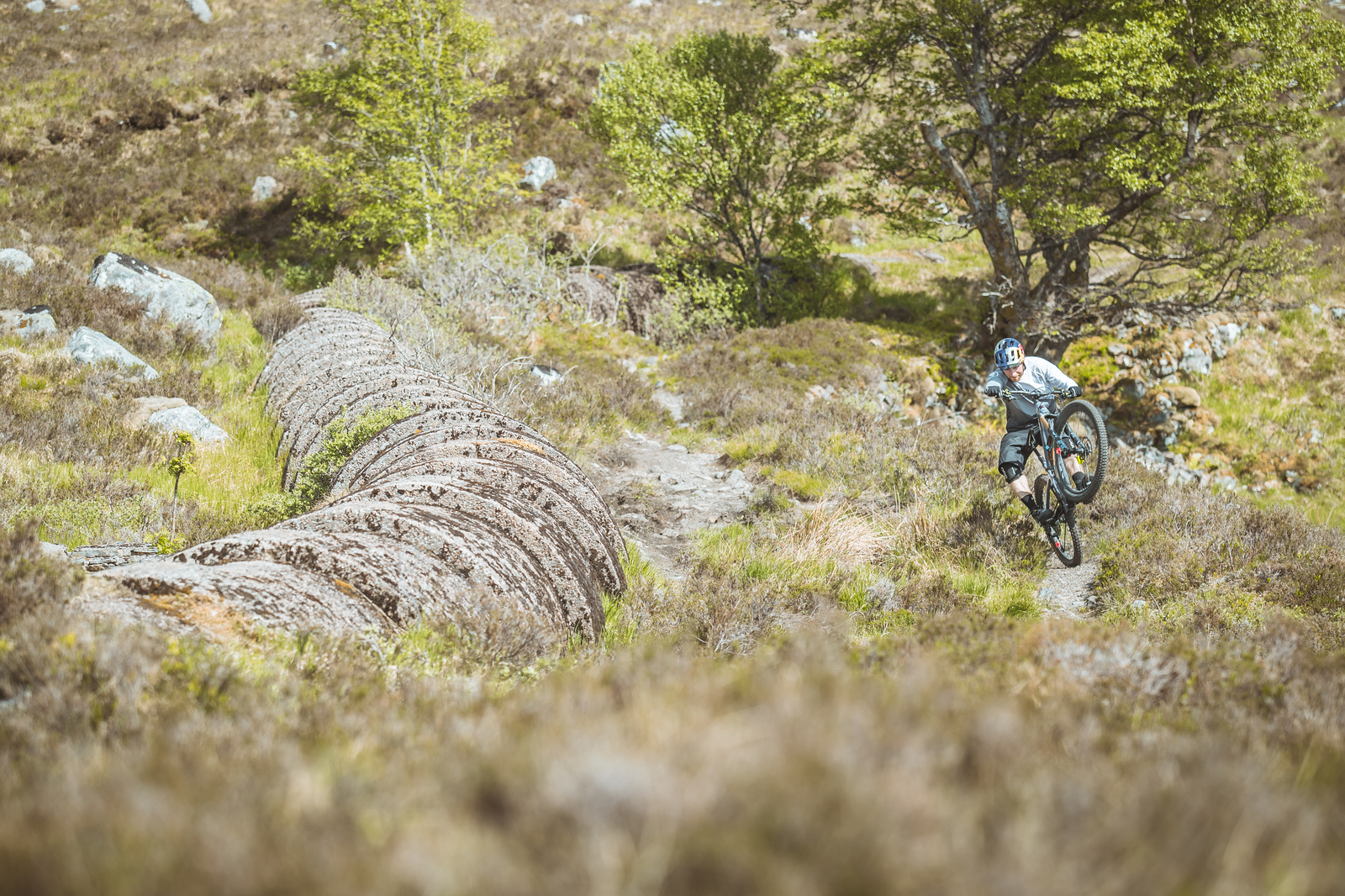
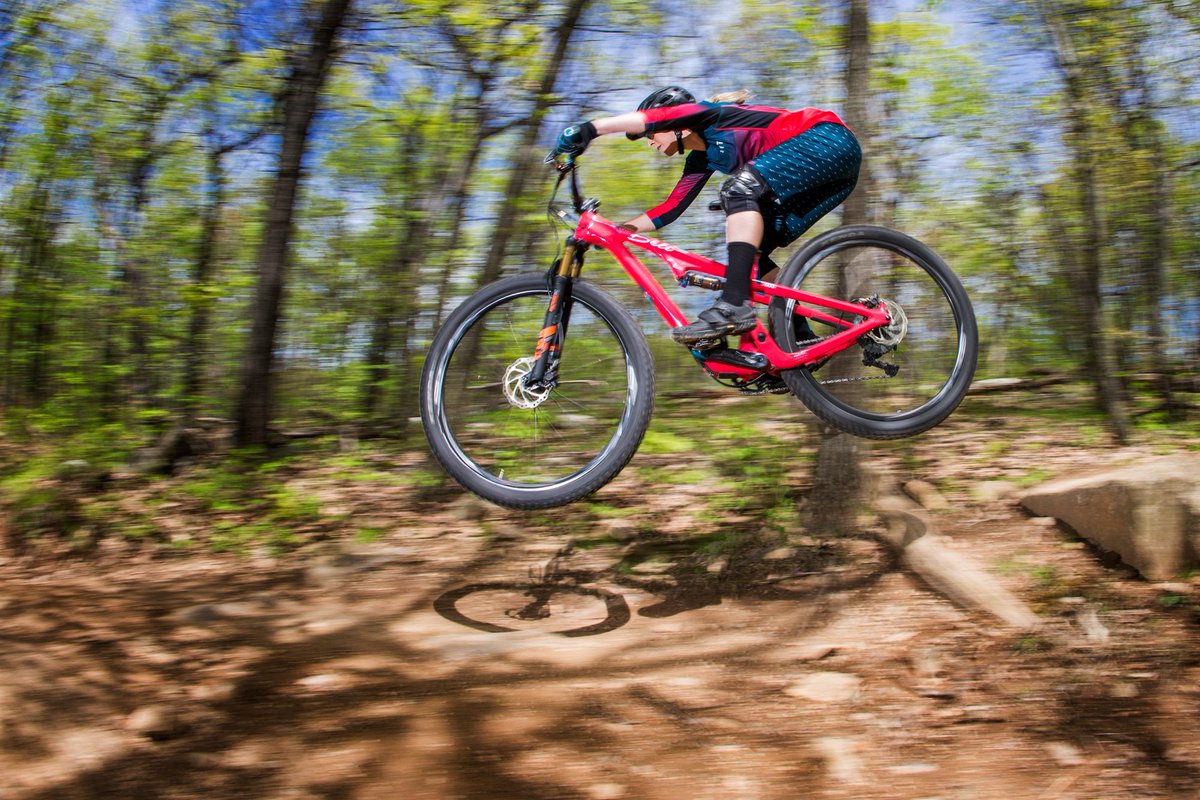 Photo: Yeti Cycles @annegalyean
Photo: Yeti Cycles @annegalyean